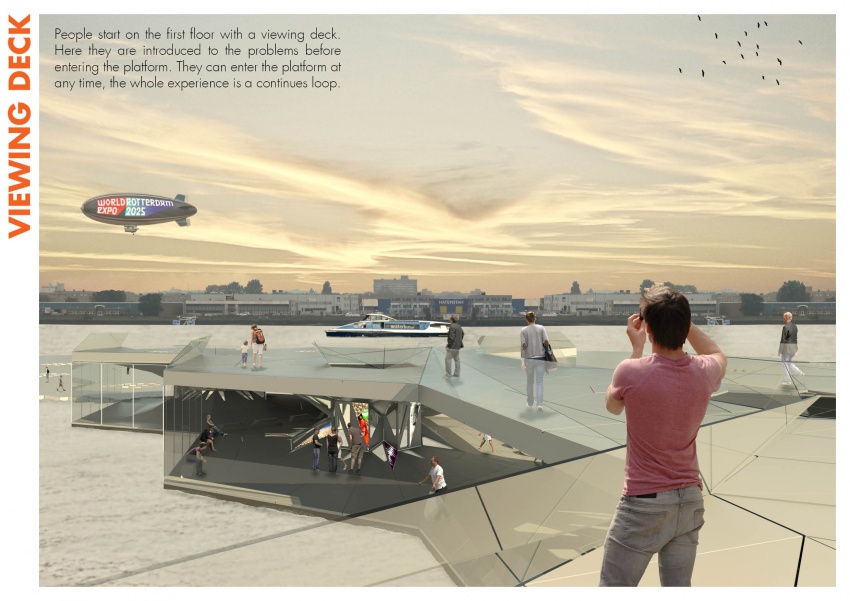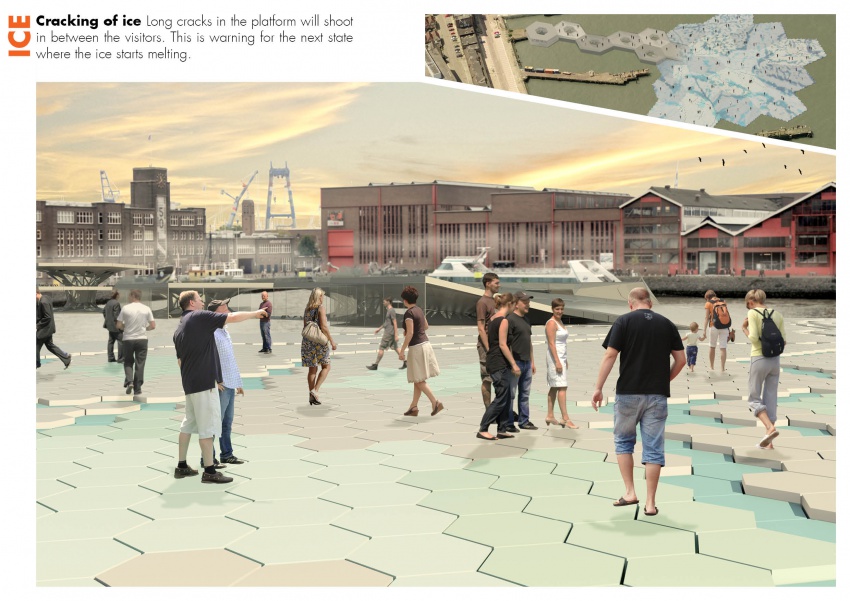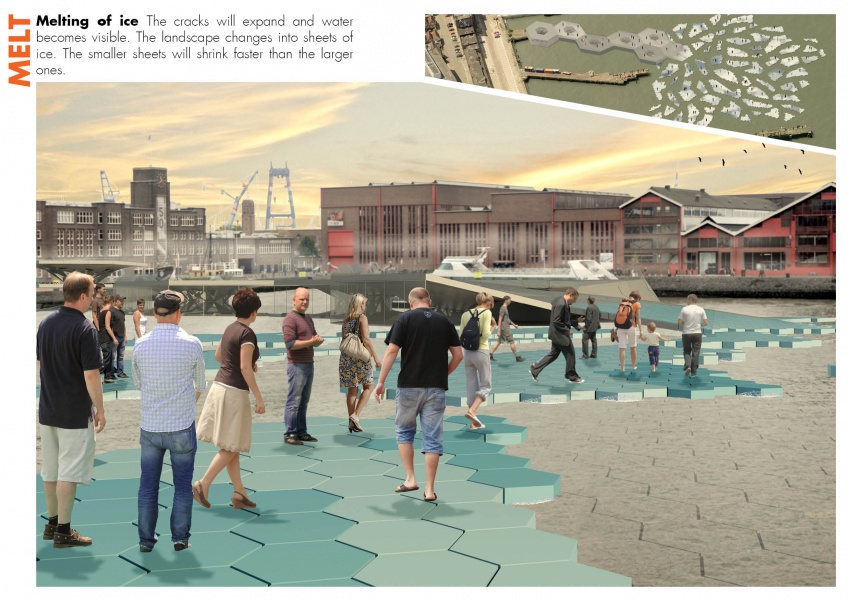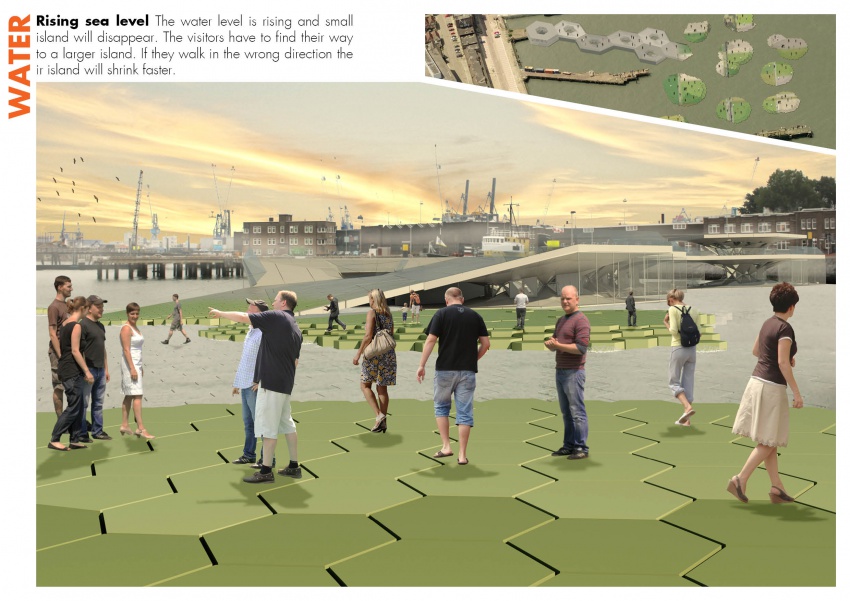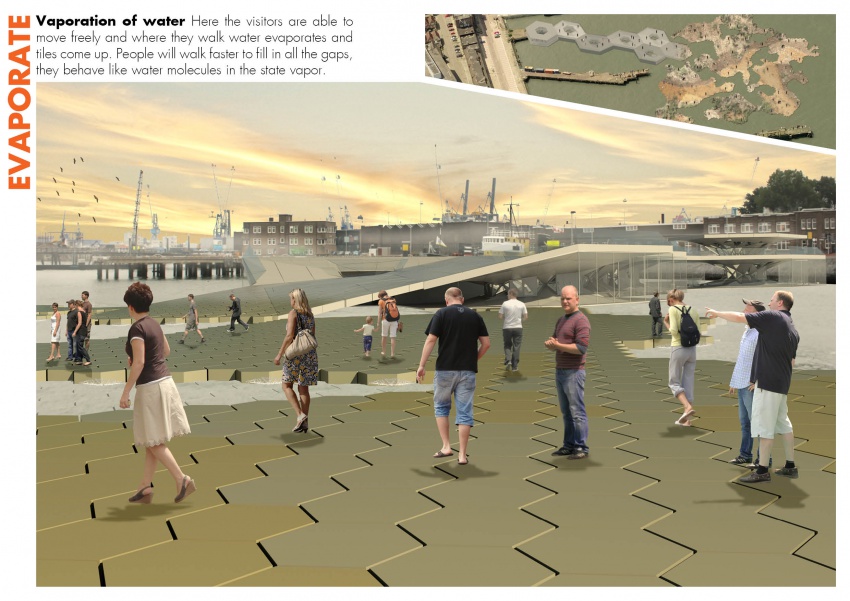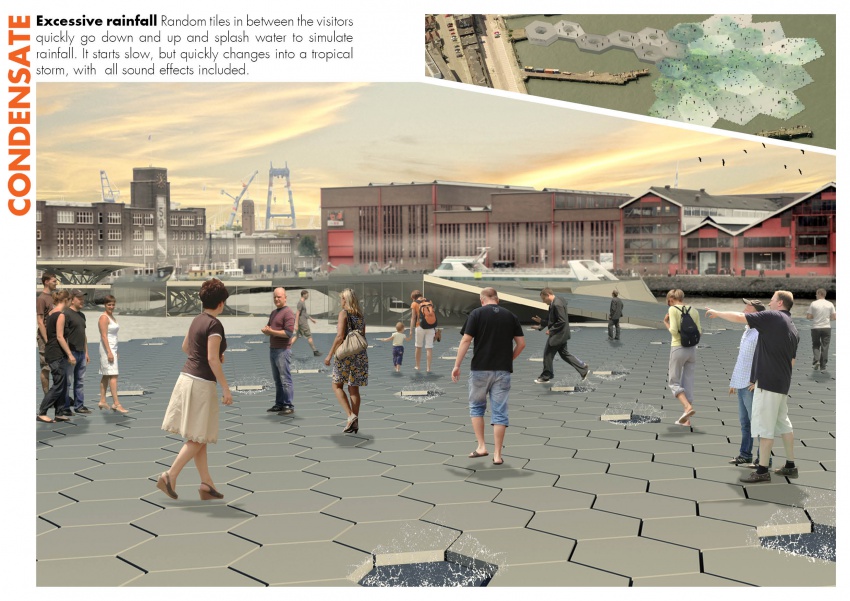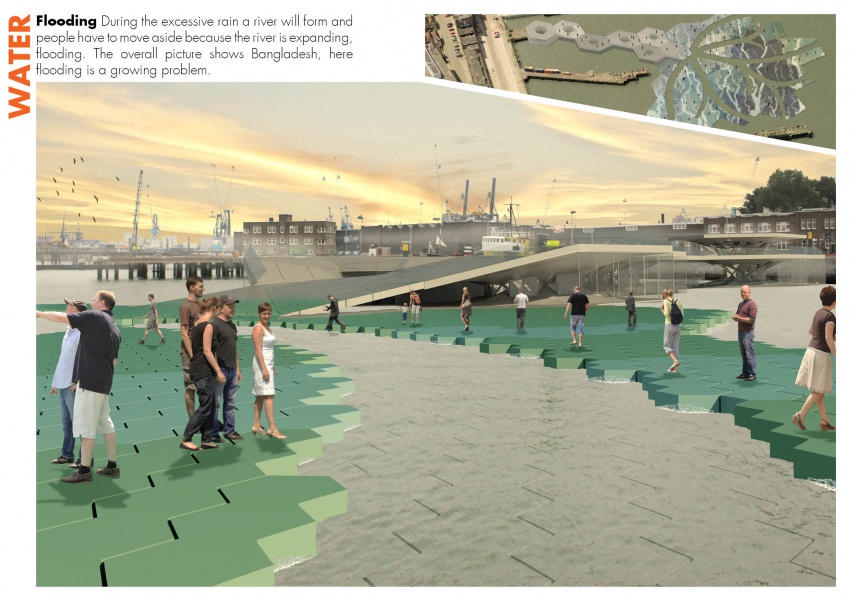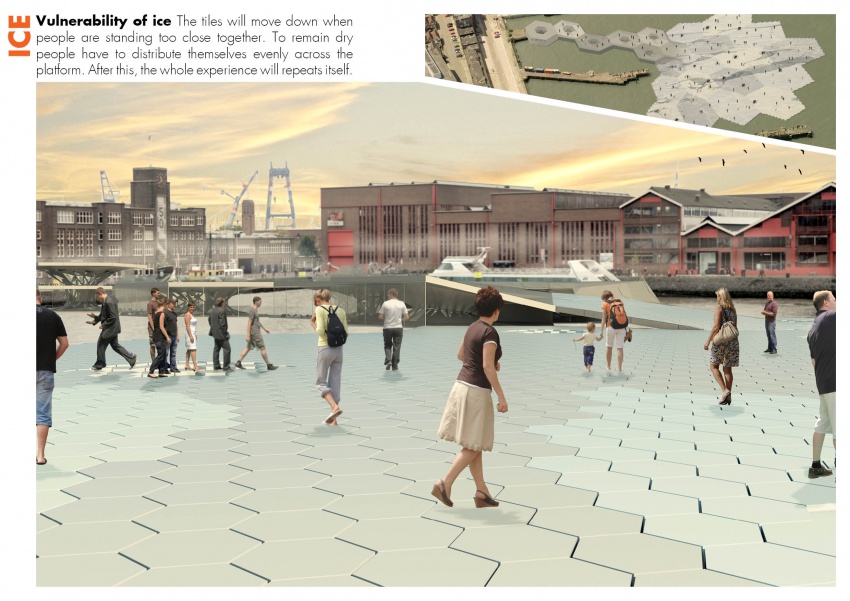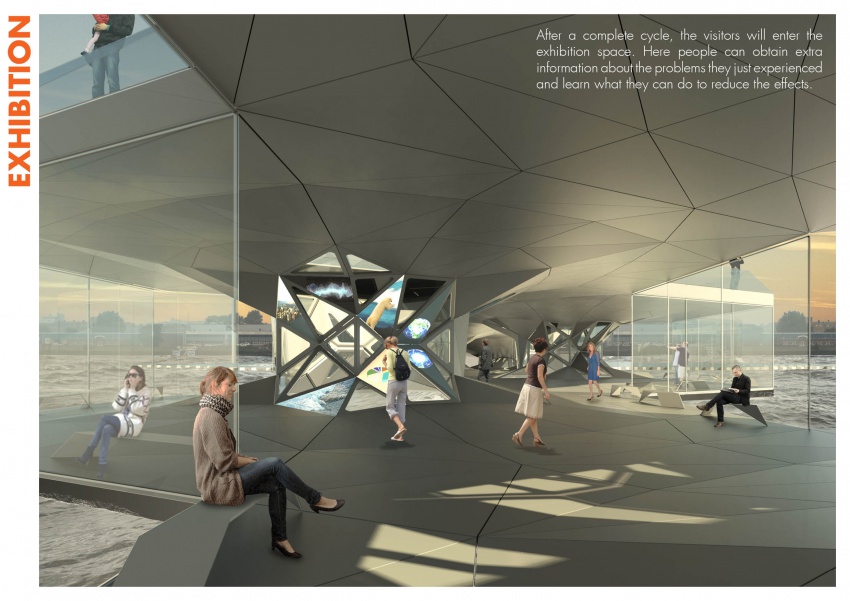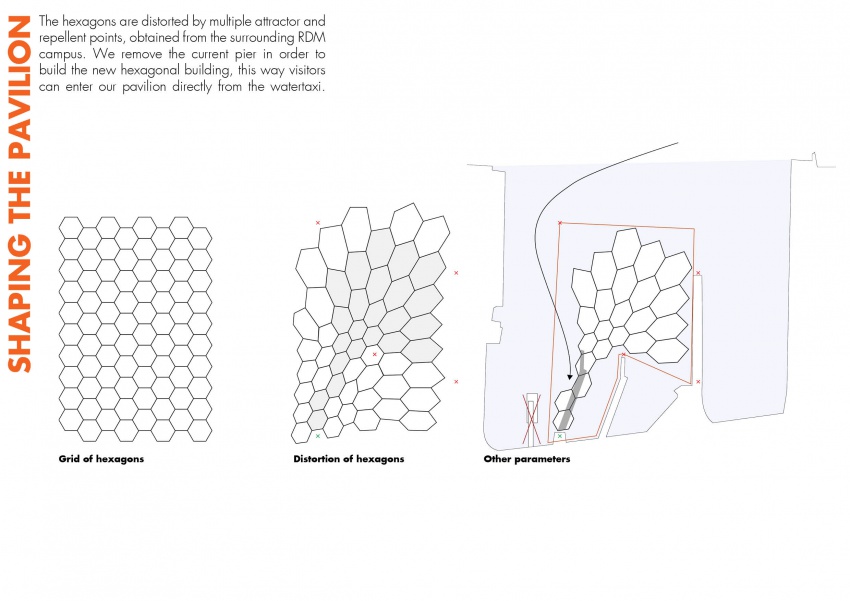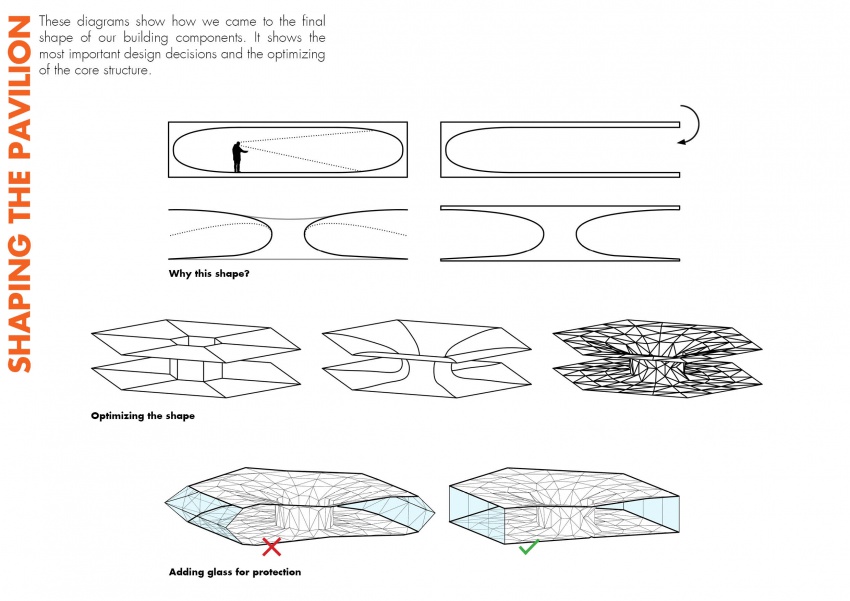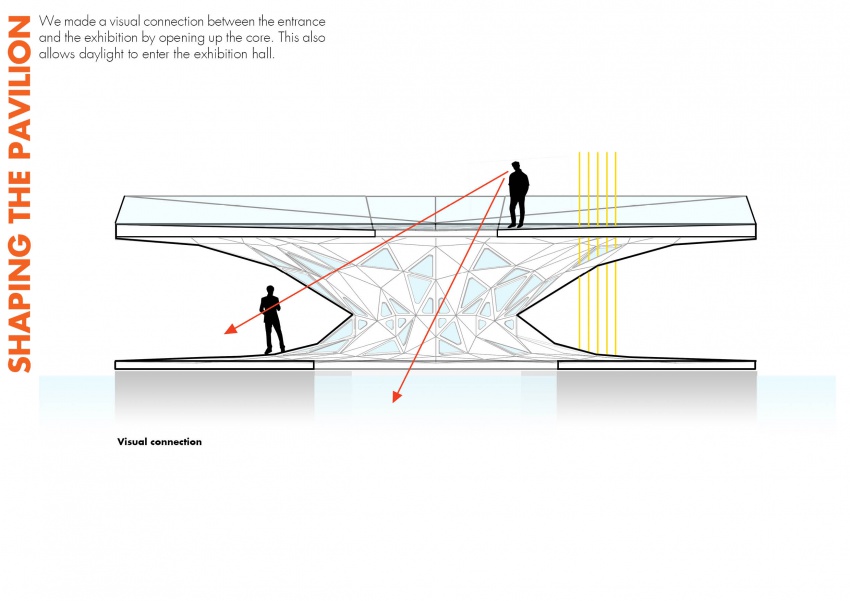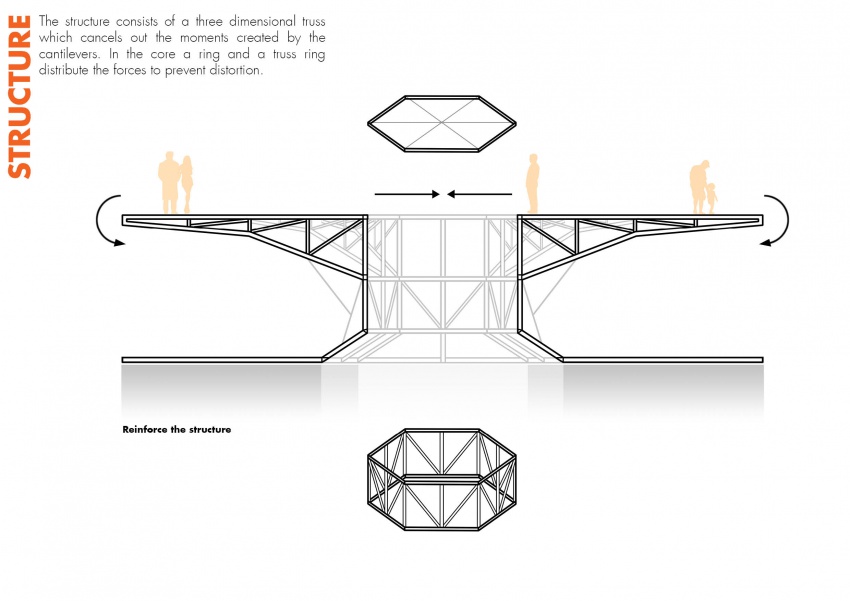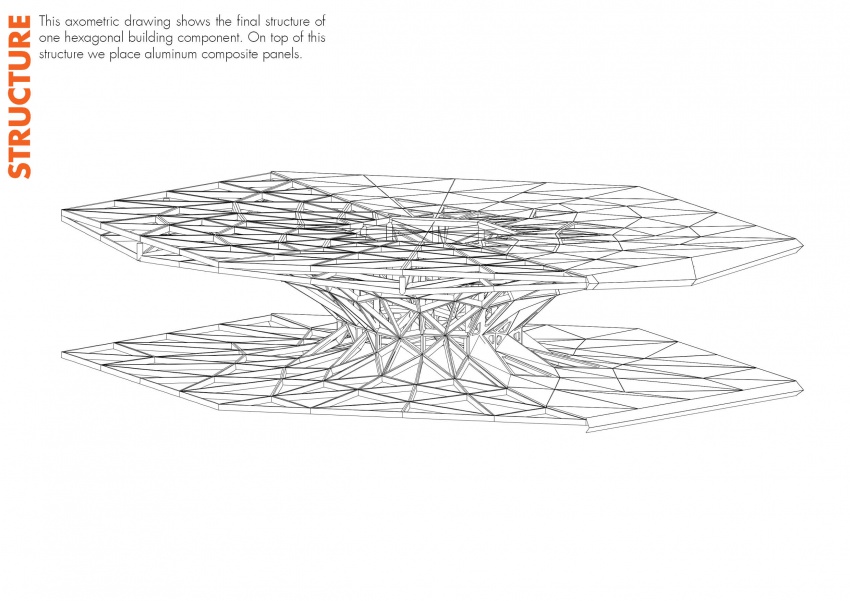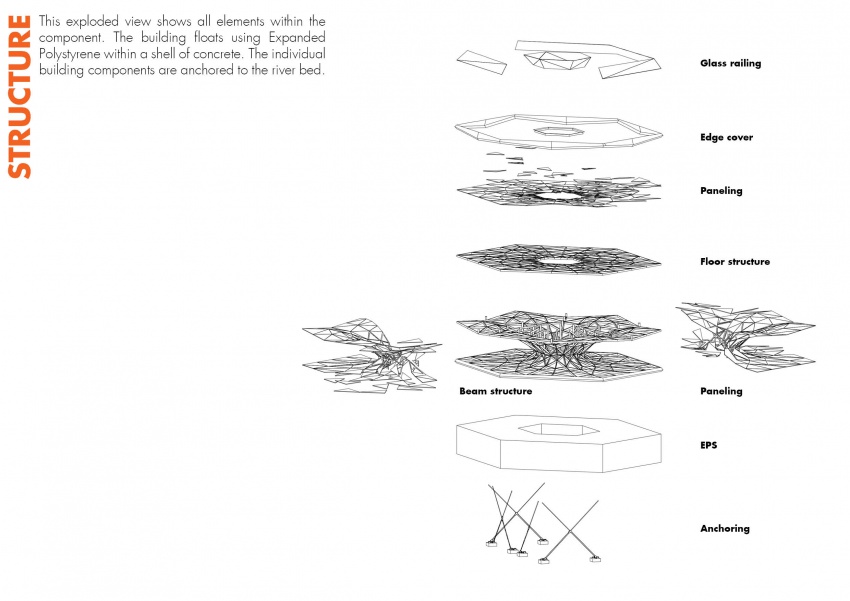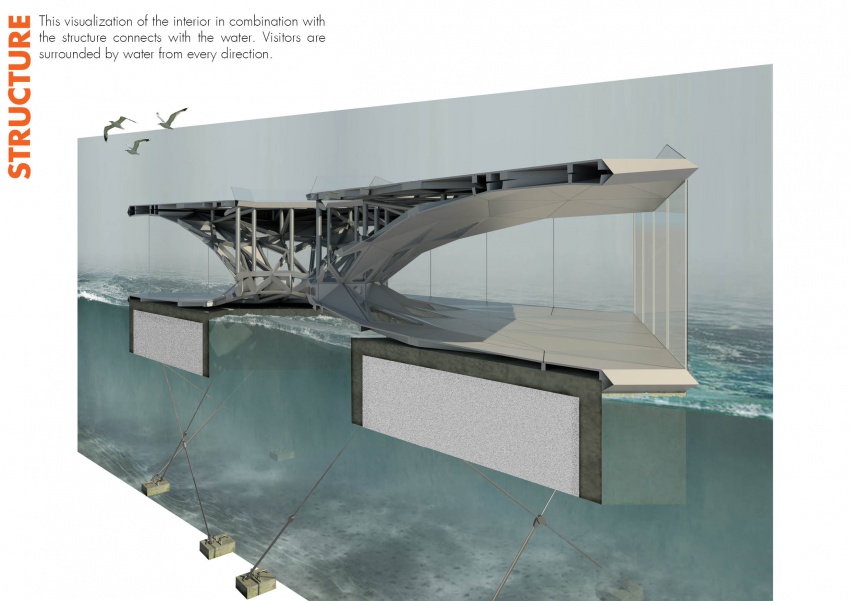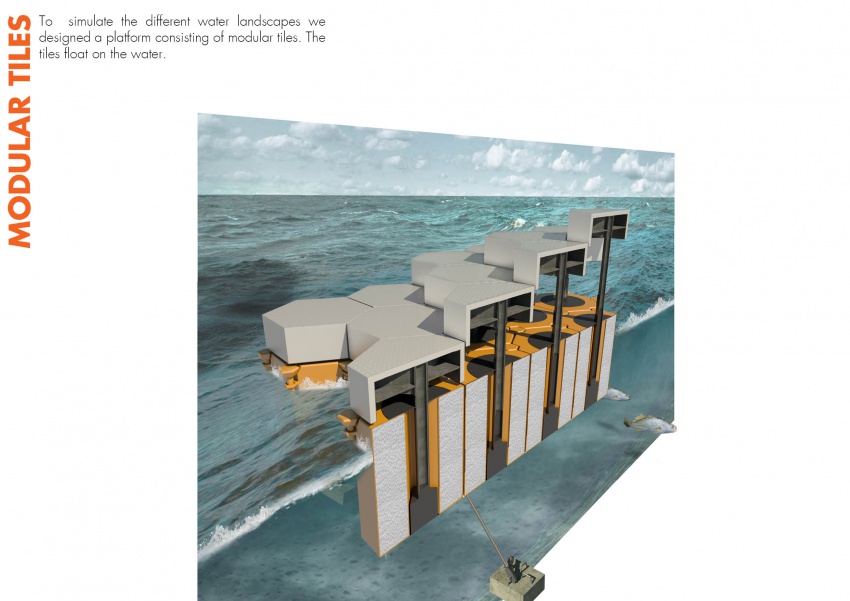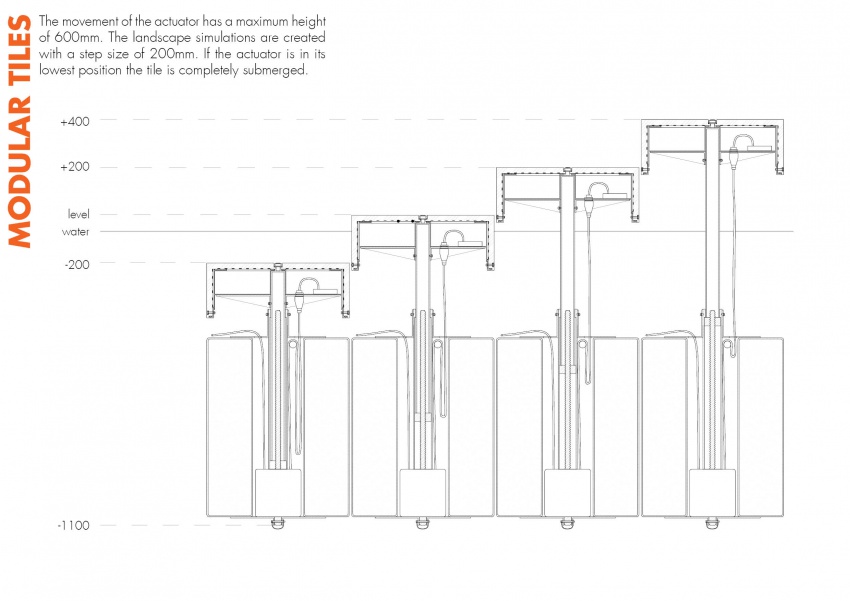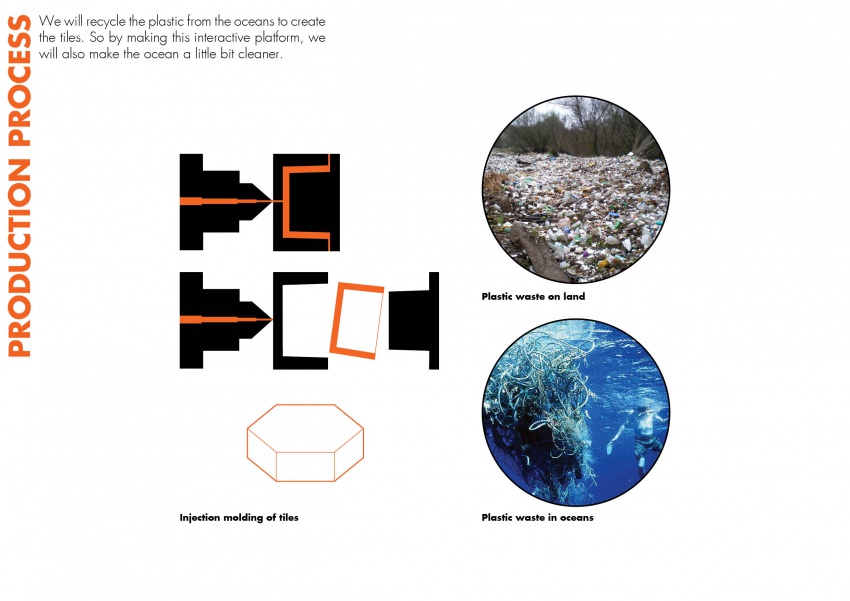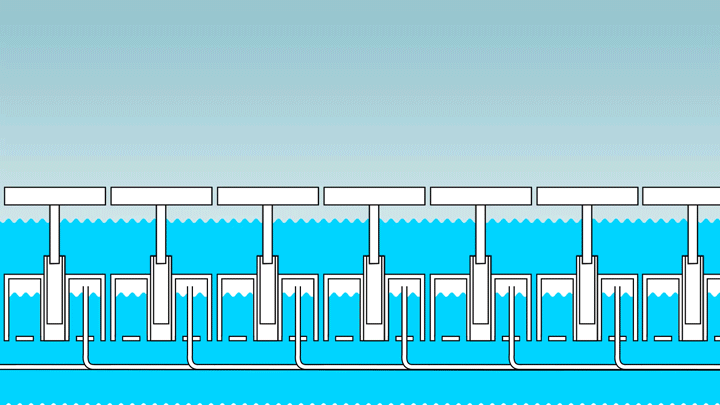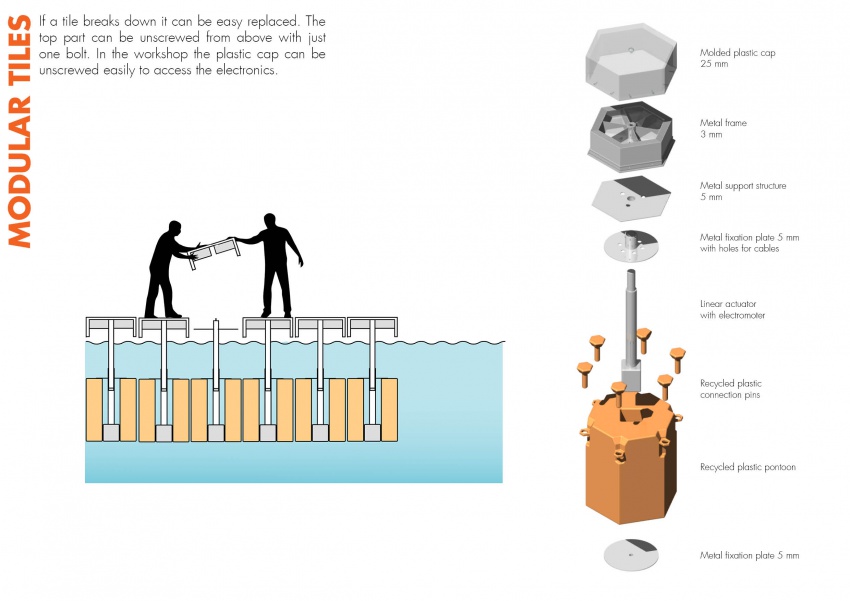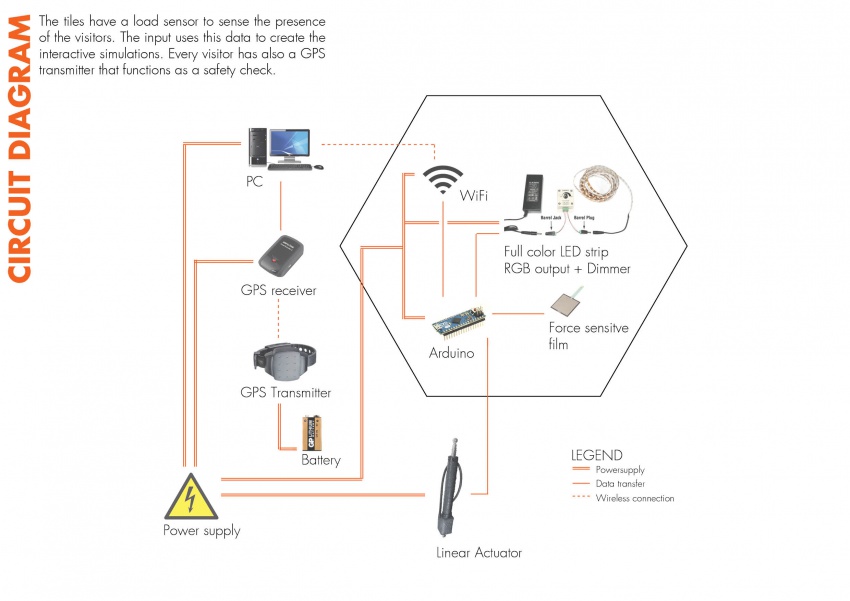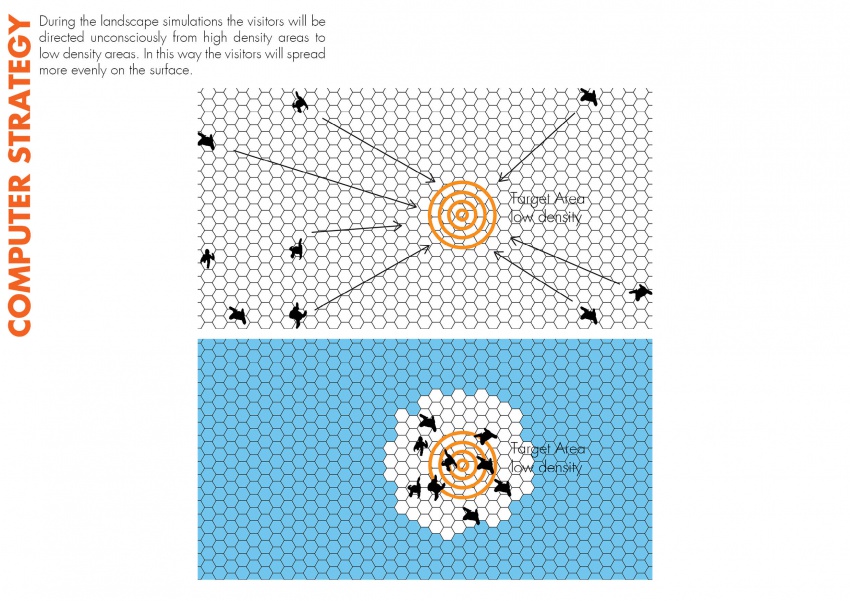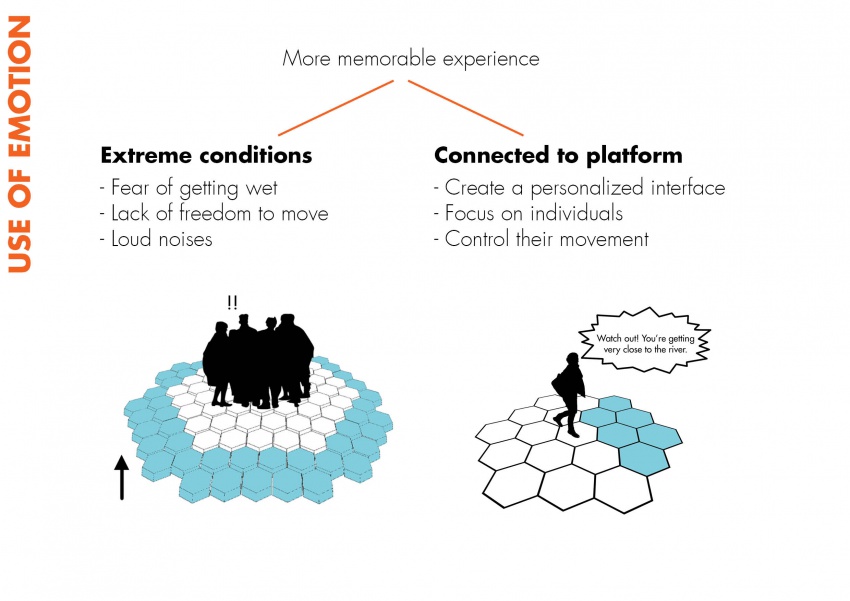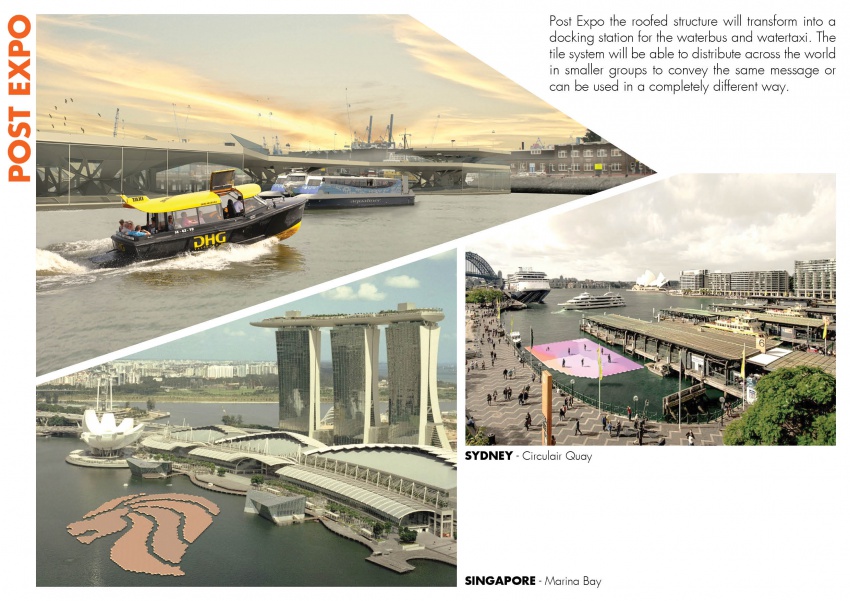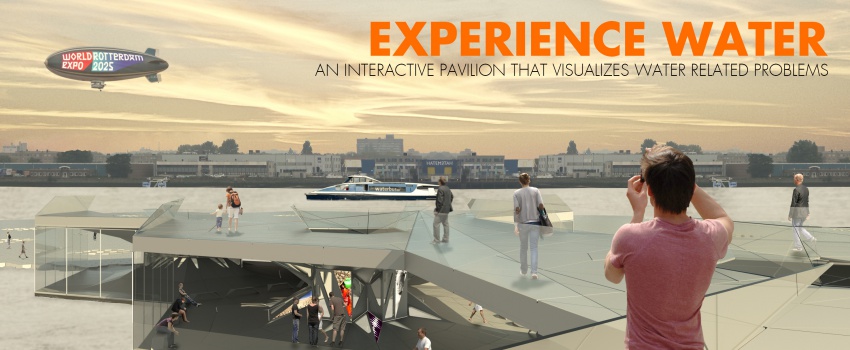Difference between revisions of "Msc1G9:Group"
| Line 29: | Line 29: | ||
The platform can be entered from a viewing deck, this is where the visitors get the necessities, such as a headset and shoe covers if needed. The platform can be entered at any time because the experience is looped. After the visitors are done they can continue their visit below the viewing deck, this space contains the exhibition which elaborates on the problems, their causes and possible solutions.<br/><br/> | The platform can be entered from a viewing deck, this is where the visitors get the necessities, such as a headset and shoe covers if needed. The platform can be entered at any time because the experience is looped. After the visitors are done they can continue their visit below the viewing deck, this space contains the exhibition which elaborates on the problems, their causes and possible solutions.<br/><br/> | ||
Post-Expo this exhibition space (and viewing deck) will remain on the RDM wharf to serve as a sheltered bus stop for the waterbus. <br/> | Post-Expo this exhibition space (and viewing deck) will remain on the RDM wharf to serve as a sheltered bus stop for the waterbus. <br/> | ||
| + | <a href="http://pano.autodesk.com/pano.html?url=jpgs%2Fa82eed14-4c37-43b5-abf3-e974dbec780a">[[File:9-VR1.jpg| 425px]]</a>[[File:9-VR2.jpg| 425px]] | ||
[[File:9-Slide.jpg| 850px]] | [[File:9-Slide.jpg| 850px]] | ||
[[File:9-Slide2.jpg| 850px]] | [[File:9-Slide2.jpg| 850px]] | ||
Revision as of 22:33, 27 January 2016
EXPO2025
Our proposal for the 2025 Rotterdam Expo aims to raise awareness for some of the major water related problems humanity is struggling with. The pavilion, located in the RDM wharf, lets people experience these problems in a short time span. This way people can truly grasp the reality where facing, if we don’t make some major changes.
We do so by creating 9 landscapes which are connected to the states of water: ice, melting, water, evaporating, vapor, condensation, water again and freeze. These landscapes quite literally show the problems caused by those states. The different landscapes are created by controlling a platform of tiles which can move up and down. When completely down the tiles will be submerged into a layer of water, whilst up they can form parts of the landscapes.
The platform of tiles consists of uniform but independent hexagonal components which can be organized in every possible configuration. Every tile consists of three main parts; a floating pontoon, a linear actuator and a tile which contains all the electronics activated by a pressure-sensitive film. Although these tiles are now only used to visualize water-related problems they can in the future also be used to tell other stories or even as a promotion tool.
The platform can be entered from a viewing deck, this is where the visitors get the necessities, such as a headset and shoe covers if needed. The platform can be entered at any time because the experience is looped. After the visitors are done they can continue their visit below the viewing deck, this space contains the exhibition which elaborates on the problems, their causes and possible solutions.
Post-Expo this exhibition space (and viewing deck) will remain on the RDM wharf to serve as a sheltered bus stop for the waterbus.
<a href="http://pano.autodesk.com/pano.html?url=jpgs%2Fa82eed14-4c37-43b5-abf3-e974dbec780a">425px</a>425px
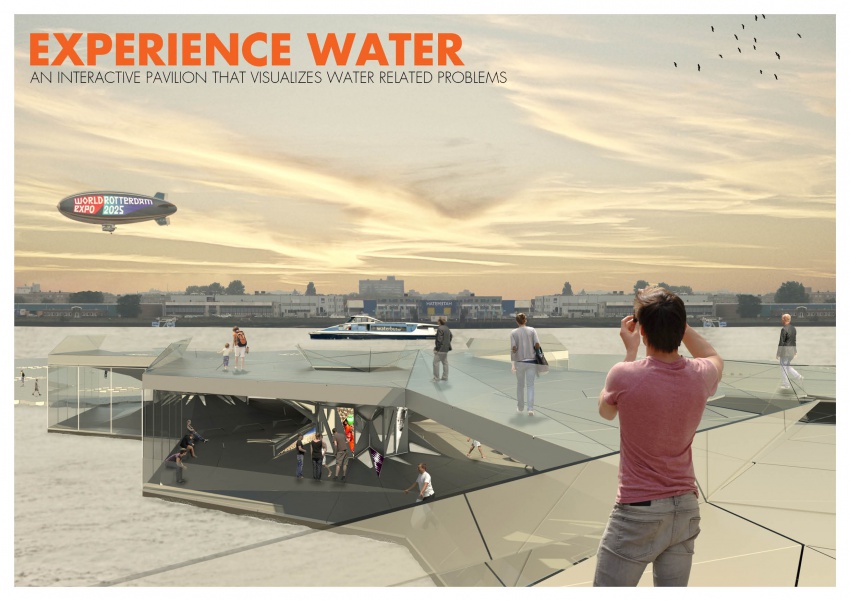
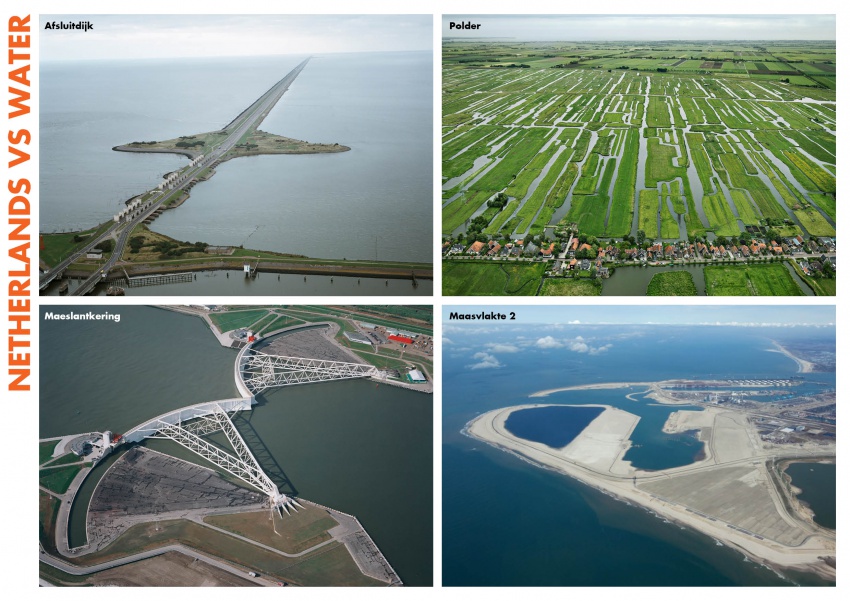
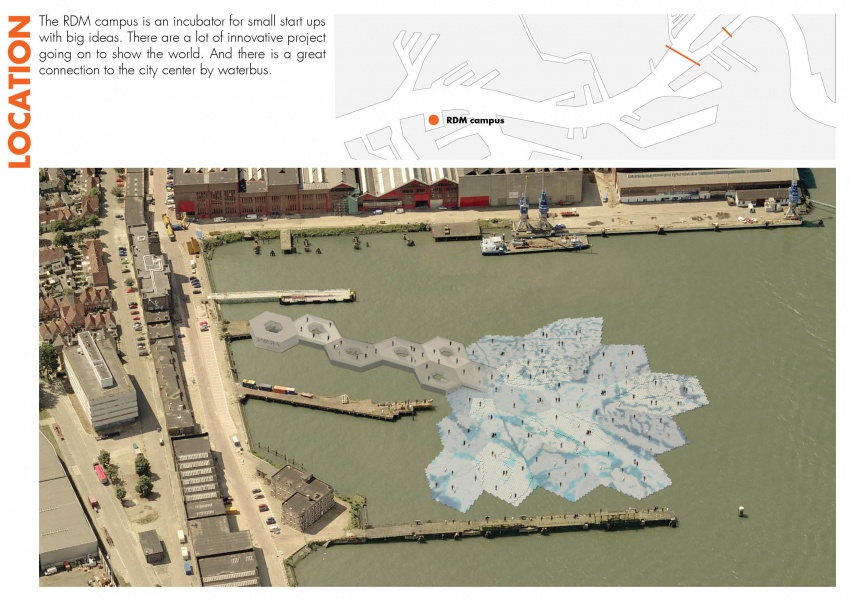

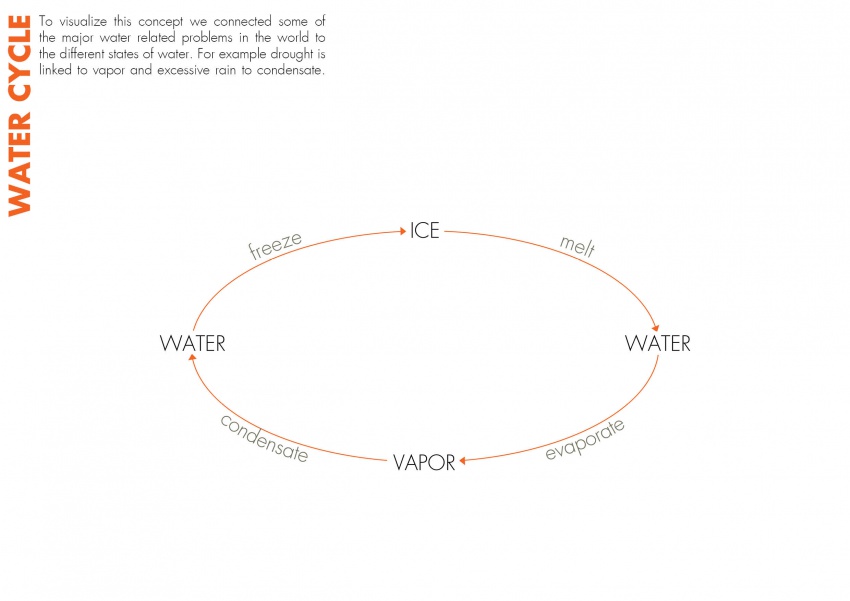
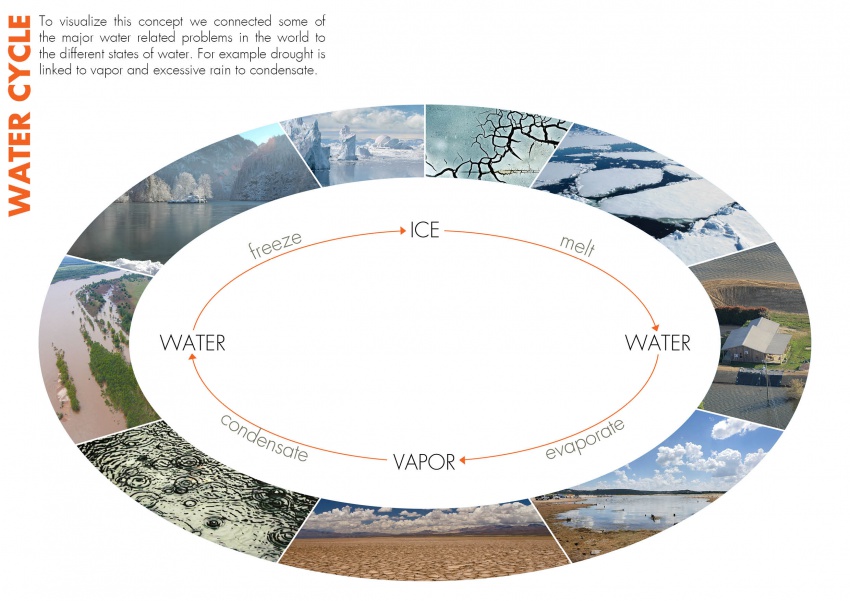
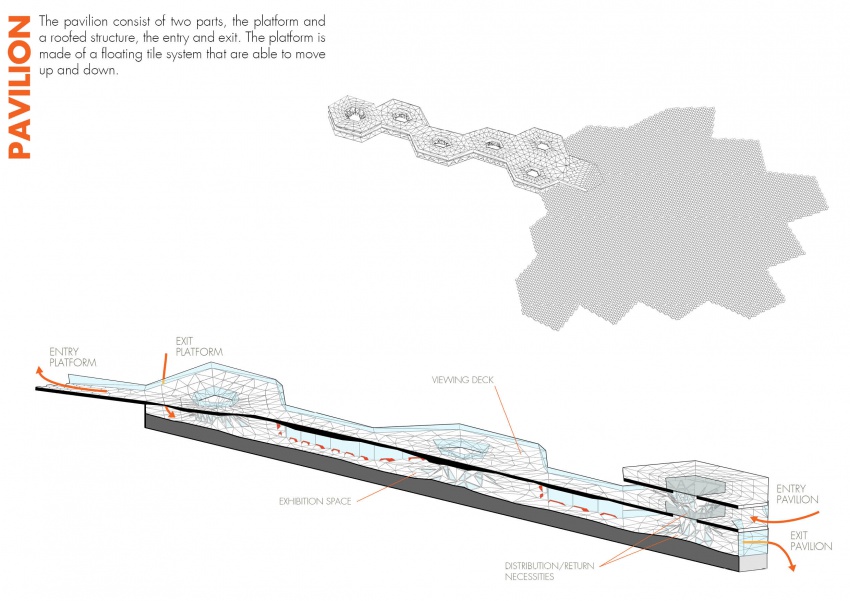
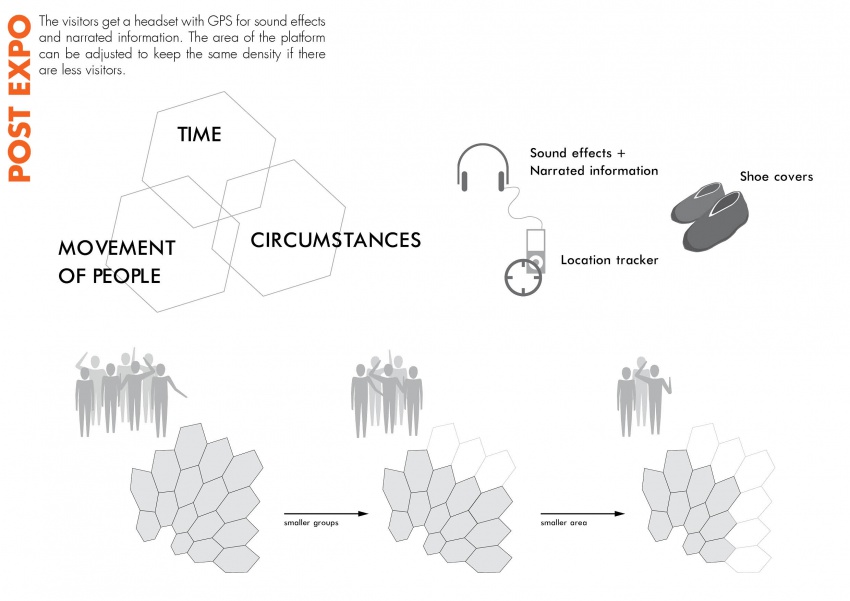
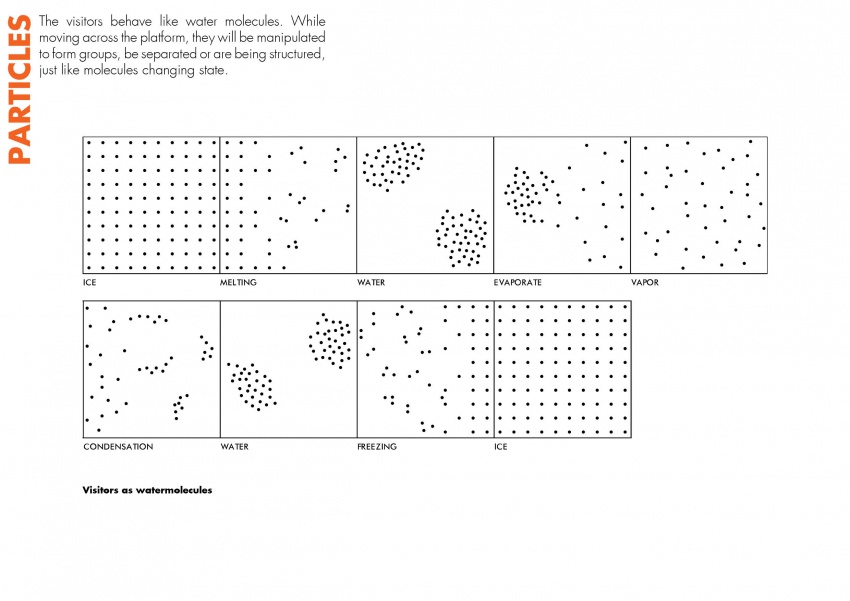
![]()
